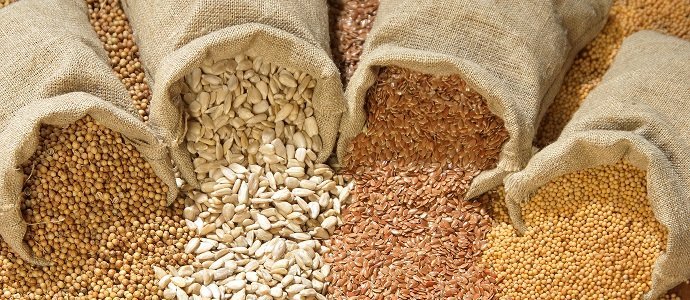
BY TAFADZWA KACHIKO/AMOS BATISAYI MAIZE seed prices have sky-rocketed, a situation farmers have described as forcing them out of the field.
A 25kg bag of seed maize now costs between $30 000 and $42 000, while 50kg Compound D fertiliser now costs US$35 or $17 500; and Ammonium Nitrate is now pegged at US$70 or $35 000.
The prices are a harbinger to a seriously constrained 2022/23 agricultural season as a severe grain shortage cripples the country.
The Grain Marketing Board (GMB) recently pegged the grain producer price at $75 000 per tonne — paid 30% in United States dollars and the rest in Zimbabwe dollars, but farmers say the money will not be enough to enable them to return to the field.
Zimbabwe Commercial Farmers Union president Shadreck Makombe yesterday said: “As it stands, the value of the $75 000 (US$150 parallel market rate) producer price has already been eroded. Given the trend in terms of the exchange rate and inflation, I don’t foresee farmers managing to go back to the fields.
“There is, therefore, need to review the producer price to be in tandem with the movement of the exchange rate. Farmers are lobbying for an increase in producer price, but it’s premature for me to say how much.”
Zimbabwe Farmers Union Manicaland provincial manager Dennis Chisevure also said: “With the current producer price, it won’t be possible to afford inputs. However, the government is making plans to cushion farmers and to review the producer price. This follows a push from farmers and unions.”
Norton Farmers Association chairperson Orphias Matibhiri said the variance between producer and input prices was too high.
- Chamisa under fire over US$120K donation
- Mavhunga puts DeMbare into Chibuku quarterfinals
- Pension funds bet on Cabora Bassa oilfields
- Councils defy govt fire tender directive
Keep Reading
“To afford buying inputs, some farmers end up selling their maize to individuals in US dollars,” Matibhiri said.
Lands and Agriculture ministry’s agricultural advisory and rural development services chief director Obert Jiri admitted that high input prices would affect maize hectarage in the 2022/23 agricultural season.
“The price of inputs, including the cost of finance, badly affects production. However, it is good preparation that is critical to ensure farmers’ profits are not eroded. Early planning for the summer season by government and agricultural business, including farmers, would help increase crop hectorage,” he said.
Meanwhile, farmers yesterday remained adamant that they would not be forced to sell their maize in local currency despite Statutory Instrument 45 of 2019, which bars hoarding and side marketing.
In a statement yesterday, GMB chief executive officer Rockie Mutenha said selling controlled products such as maize constituted an offence.
But farmers that spoke to NewsDay questioned government’s motive of importing maize at US$350 per tonne, yet paying farmers $75 000 (US$150).
Midlands farmer James Siziba said all farming inputs, including fuel, were being sold in US dollars, yet government was paying farmers in local currency.
- Follow us on Twitter @NewsDayZimbabwe










